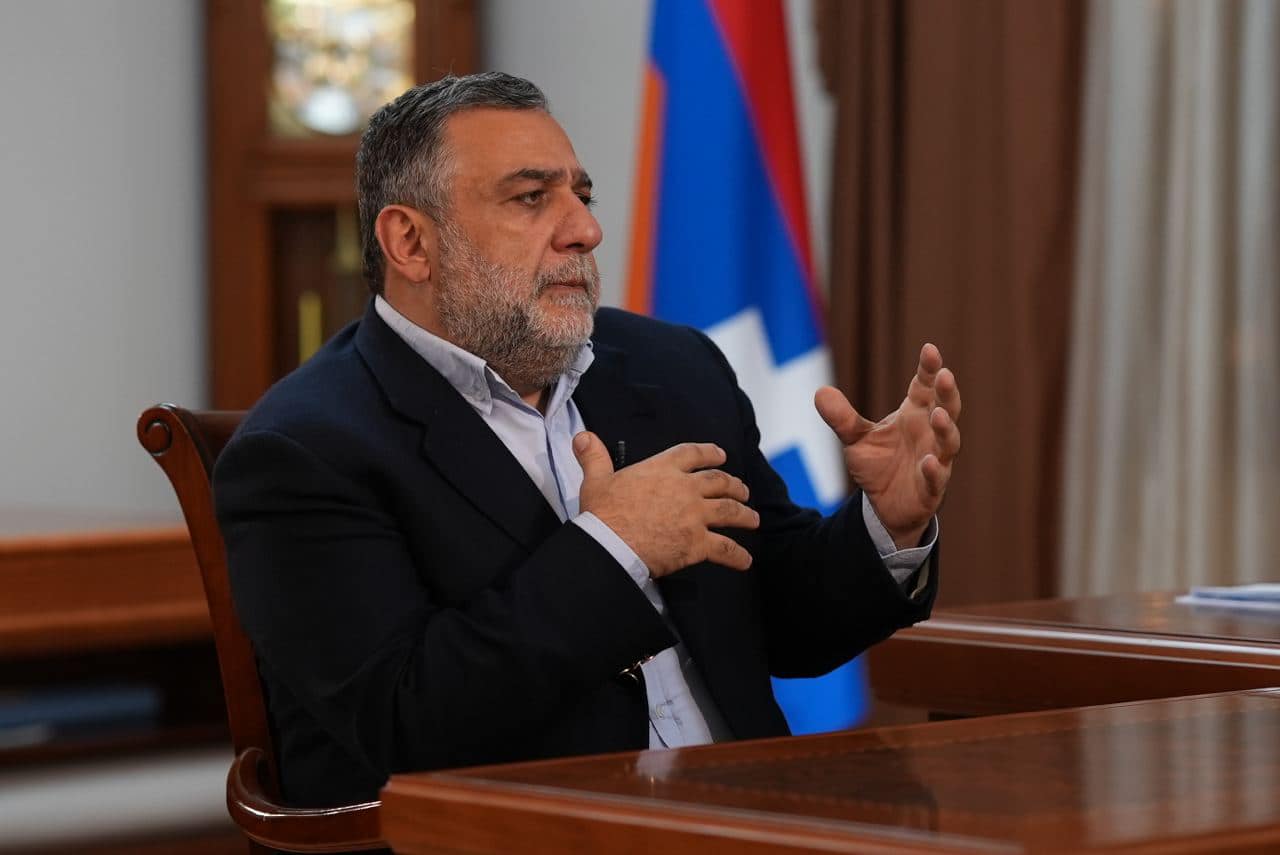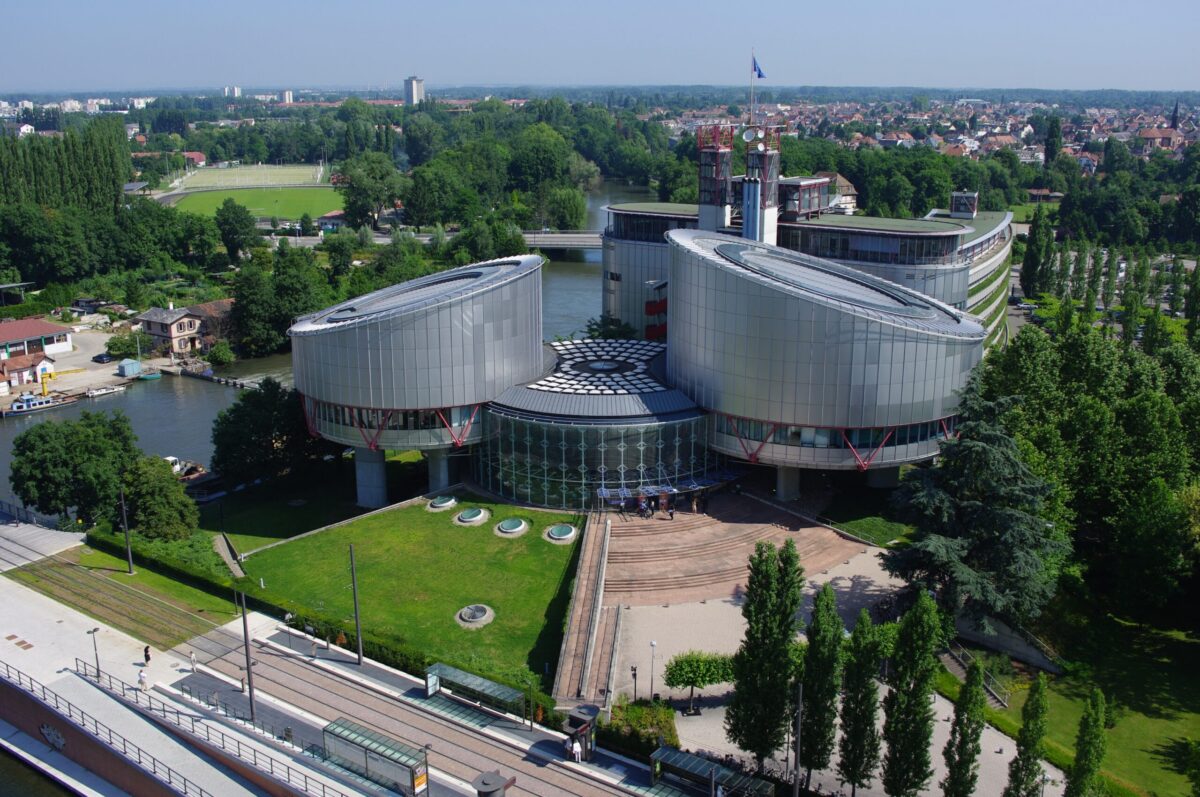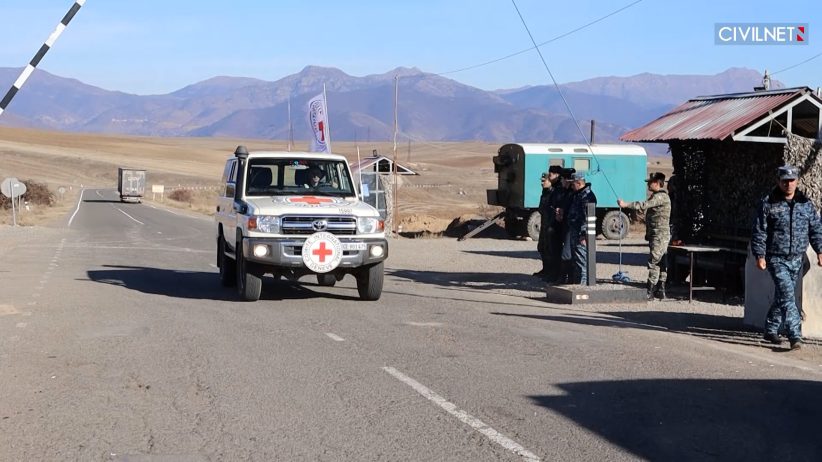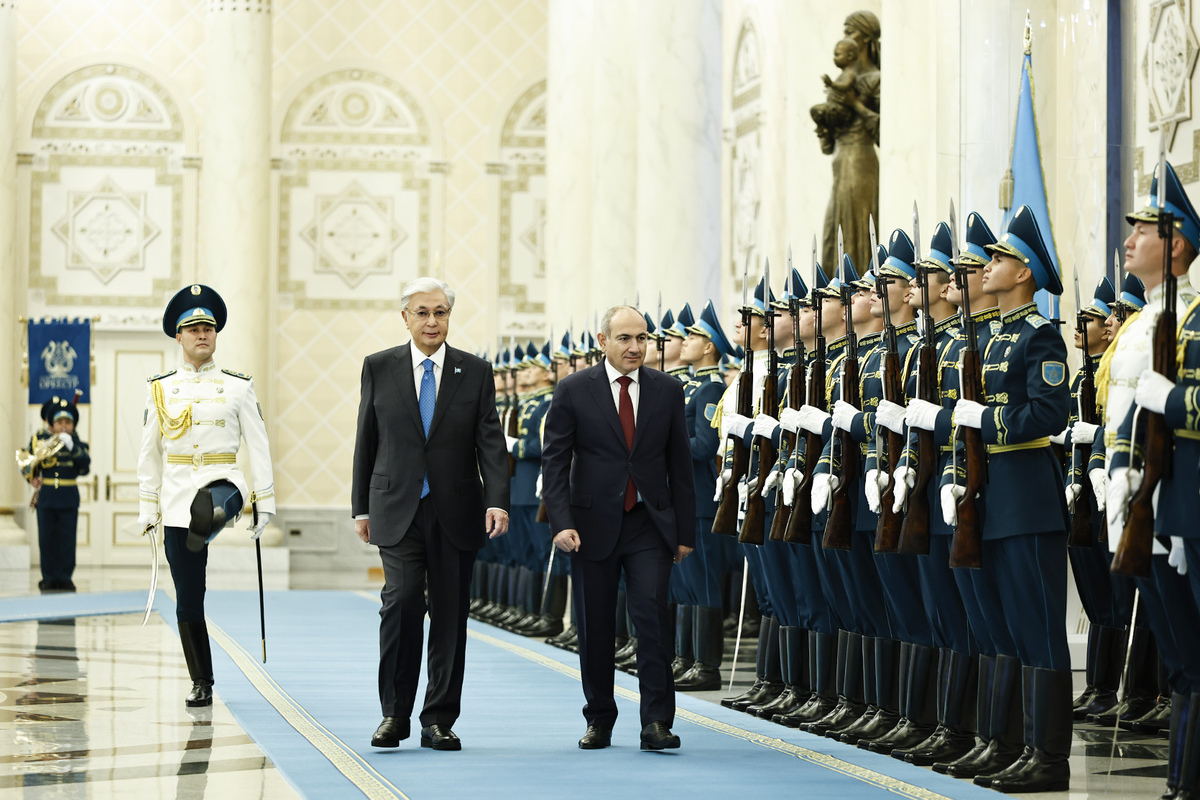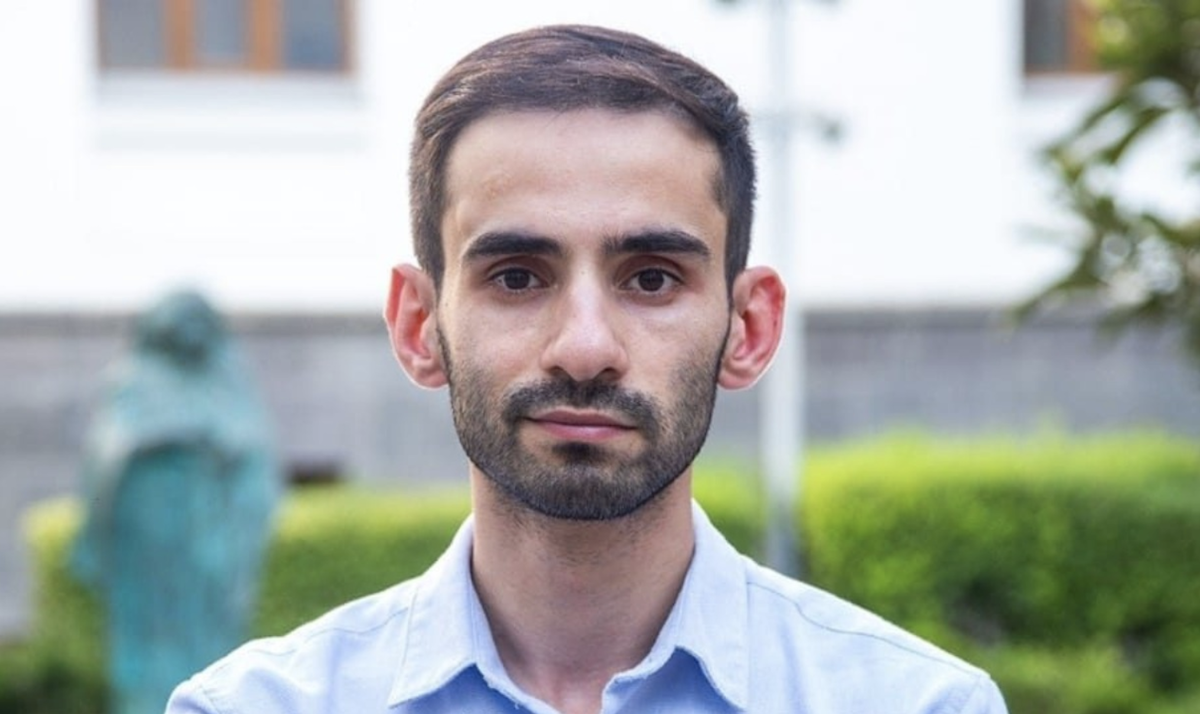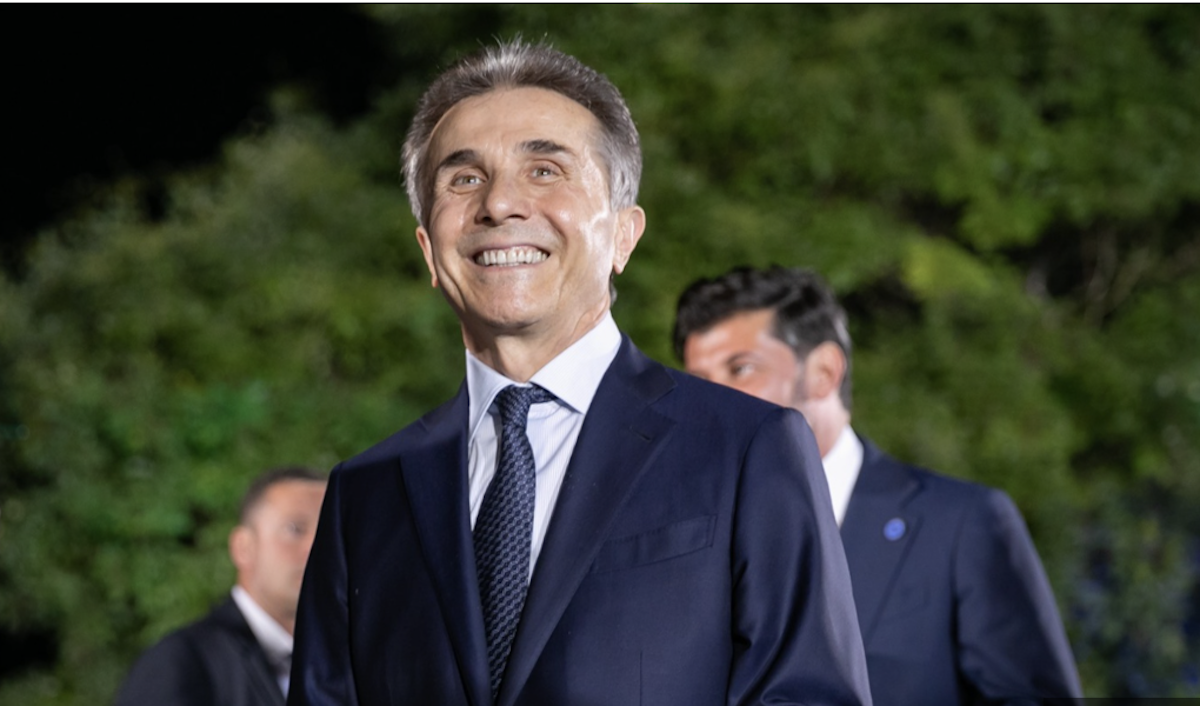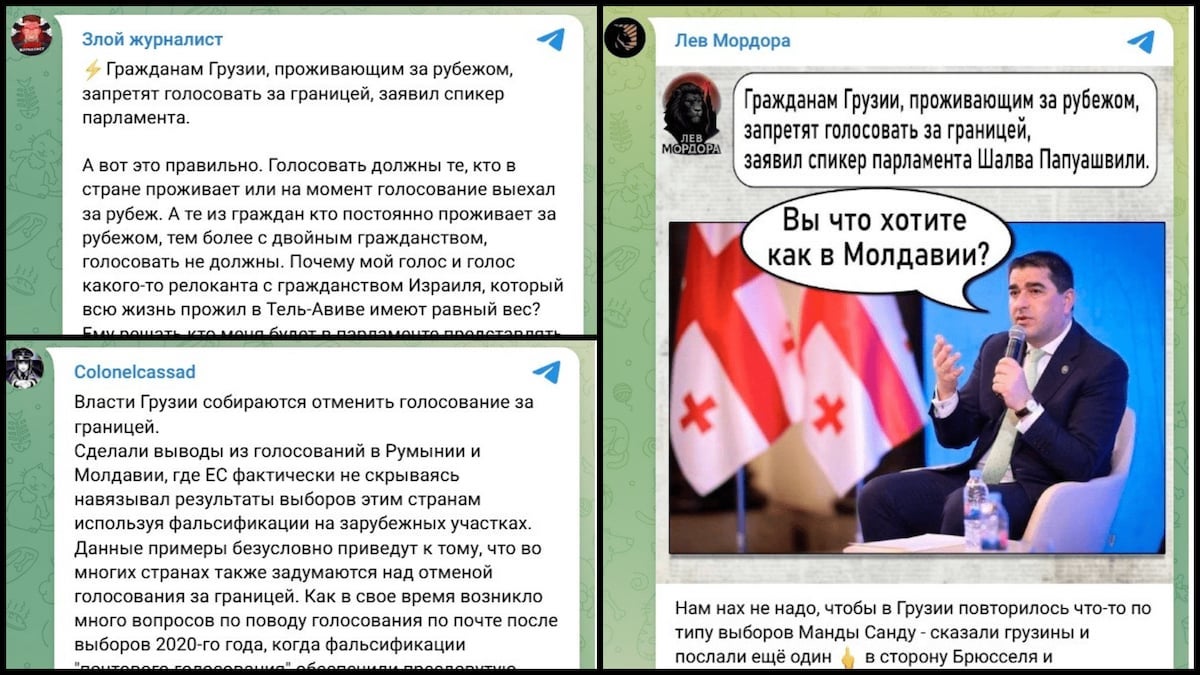“There might not have been a conflict”: opinion on the Karabakh problem
Karabakh negotiations
Over the past three decades, the Karabakh conflict has gone through various phases of turbulence, but there has been no serious progress towards a resolution, and the nations’ positions have not changed. The conflict has not come close to being resolved either after wars, peace negotiations, or the active intervention of external actors. Moreover, some Armenian experts believe that it was the latter’s interests and approach that led to new escalations. Here one gives his thoughts on the matter.
- ‘Red Cross help is not enough’ – Amnesty International on NK blockade
- “Phantom pain from the loss of the province”: Armenian political scientists on Lavrov’s interview
- “Armenia is leaving the club of failed states” – Armenian political scientist
Arman Melikyan, diplomat
“Formally, it can be considered that the negotiation process on resolving Karabakh conflict started in March 1992, when a target negotiating platform was formed – the OSCE Minsk Group (hereinafter – the OSCE).
Azerbaijan and the unrecognized Nagorno-Karabakh Republic appeared as parties to the conflict. Armenia was not a party to the conflict at that time.
The goal of the leadership of Artsakh was international recognition of the independence of the republic, including by Azerbaijan. Baku’s goal was to reduce the problem to stating that Armenia has territorial claims against Azerbaijan, which is how it tried to justify its military aggression against NK.
The mediators, on the other hand, tried to reconcile the incompatible positions of the parties.
For Artsakh the status of an independent state, for Azerbaijan the recognition of the conflict as a consequence of aggression by Armenia and the demand for “de-occupation” of the entire territory of Artsakh, which had declared independence, on the pretext of restoring its territorial integrity.
Azerbaijani hostilities were going on in parallel, and that country was defeated, despite its overwhelming advantage in manpower and weapons.”
Forced to become a party to the conflict
“After the conclusion of an indefinite truce in May 1994, the positions have not changed.
By that time Armenia, having succumbed to unprecedented external pressure, recognized itself as a party to the conflict.
Suffice it to recall the episode when the notorious Russian diplomat Vladimir Kazimirov at the end of November 1993 pulled off a dirty provocation with shooting in the northern section of the Armenian-Azerbaijani border, then not involved in hostilities. The incident served as a formal pretext for Andrey Kozyrev, who at that time was Minister of Foreign Affairs of the Russian Federation, to present an ultimatum to Yerevan demanding voluntary recognition of Armenia as a party to the conflict.
The leadership of Armenia was forced to comply with this requirement. As a result, the conflict transformed from an internal to an international one, which made it possible to label Armenia as an aggressor state in the future.
This episode is well described in Russian Ambassador to Armenia Vladimir Stupishin’s book .”
An excerpt from Stupishin’s book:
Kozyrev managed to publicly declare a loud protest against the Armenian authorities over the fact that in the morning the cortege of the personal representative of the President of Russia in the Karabakh settlement was allegedly fired upon. In the ITAR-TASS report, it looked like this: “Today, when crossing the Azerbaijani-Armenian border, fire from large-caliber weapons from the Armenian side fired at the vehicles of the special representative of the President of Russia, Ambassador Kazimirov and the escort group. As a result, Azerbaijani servicemen accompanying the Russian representative were injured.” Kozyrev also stated that “such a barbaric action against the Russian representative is indignant and cannot be justified.” And he threatened “hard conclusions.”
The Armenian Foreign Ministry reacted the next day with a statement detailing how the Azerbaijanis and Kazimirov violated the agreement on the place and time of the meeting, and demanded on behalf of Armenia that Russia set up a competent commission to investigate all the circumstances of the incident, which Yerevan regarded as an Azerbaijani provocation. At the same time, [Armenian Foreign Minister] Vagan Papazyan sent an urgent telegram to Kozyrev. He expressed sincere regrets, but admitted that he “didn’t understand the harsh tone” of Kozyrev’s statements. Papazyan also demanded a public explanation from Kazimirov, “whether he was aware of the intentions of the Azerbaijani side to change the agreed route, or whether he himself became an unwitting victim of a provocation organized by the Baku authorities.”
The legacy of the Bolsheviks
“This conflict could not have happened at all if Artsakh, recognized as the territory of Soviet Armenia in 1920 and almost completely populated by Armenians, by decision of the Russian Bolshevik ruling elite, had not been transferred to Azerbaijan in 1921 — with the condition of Armenian autonomy on its territory.
In 1923 the Nagorno-Karabakh Autonomous Region, was formed, but on about a third of the territory transferred to Azerbaijan. Throughout the entire Soviet period, Armenians were consistently squeezed out of the place of their original residence — this was the national policy pursued by Baku. It led to the emergence of a political confrontation between Stepanakert and Baku at the end of the Soviet Union and the subsequent military aggression of Azerbaijan against the Armenian region.
I believe that it was theoretically possible to resolve the issue peacefully, but too many influential external actors decided to promote their interests, parasitizing on the conflict.
And the parties to the conflict themselves were unable to work out a mutually acceptable solution on their own.
Carte blanche from external actors
“I don’t think the 2020 Karabakh war changed the positions of influential major international players, with the exception of one country, and even that finally changed its position in the summer of 2016 [Russia].
Here it is necessary to emphasize — it was not the war that influenced the change in the positions of this or that state, but the change in positions made it possible for Azerbaijan to unleash a war under the leadership and with the participation of Turkey.”
Minimize risks and seize opportunities
“The logic of the current geopolitical process suggest that the South Caucasus and Iran will be in a state of increasing conflict. The peak may be reached in three or four years. I would not count on firm guarantees for the preservation of peace and stability in the region that may be discussed and agreed upon.
It’ll be hard. Especially in Nagorno-Karabakh. The coming changes bring enormous risks and new opportunities at the same time.
So it would be wise to minimize risks and maximize opportunities.”
Negotiation process on the Karabakh conflict










